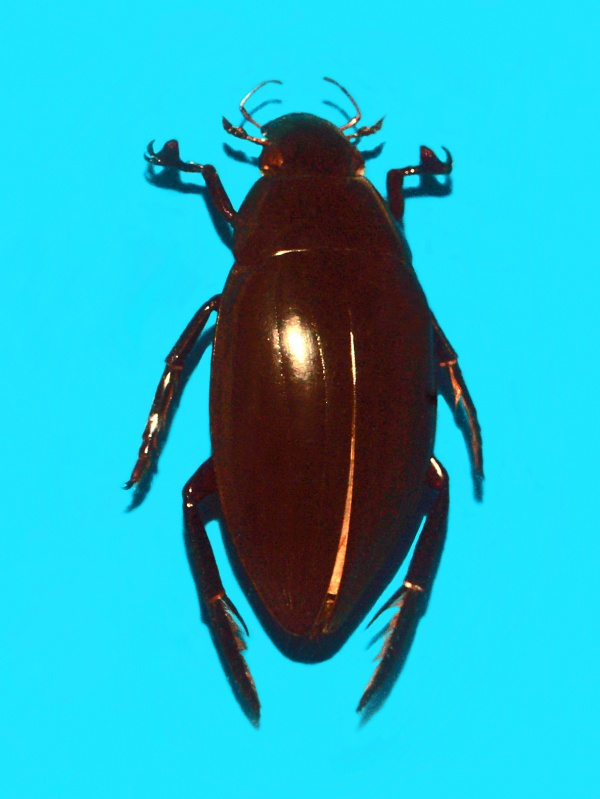Facts About Hydrophilus piceus
The great silver water beetle, scientifically known as *Hydrophilus piceus*, is one of the largest aquatic beetles globally and belongs to the family Hydrophilidae. These beetles are primarily found in the Palearctic region. Adult beetles can grow up to 5–5.15 cm in length and approximately 2.05 cm in width, while their larvae can reach a length of up to 7 cm. They have a distinctive black body with a greenish or olive sheen, prominent eyes, and reddish-black antennae.
These beetles thrive in various aquatic environments such as lakes, ponds, lagoons, estuaries, and marshy areas, particularly those with dense vegetation. Although they are omnivores, they tend to prefer plant material. The lifespan of a great silver water beetle can be up to 3 years, but most die after breeding in their first year. The larvae are known to feed on freshwater snails by drilling holes into their shells. They grow up to 7 centimeters before pupating in the mud. In the spring, adult females lay eggs in a cocoon they spin and set afloat on the water.
*Hydrophilus piceus* is widely distributed across the Western Palearctic ecozone, from Scandinavia to the Mediterranean, and extends to North Africa, Russia, India, and China. However, their distribution isn't continuous, as they have been extirpated in specific areas. The species is considered extinct in regions like Norway and Luxembourg and is rare in other places, constrained to particular habitats.

 Ireland
Ireland